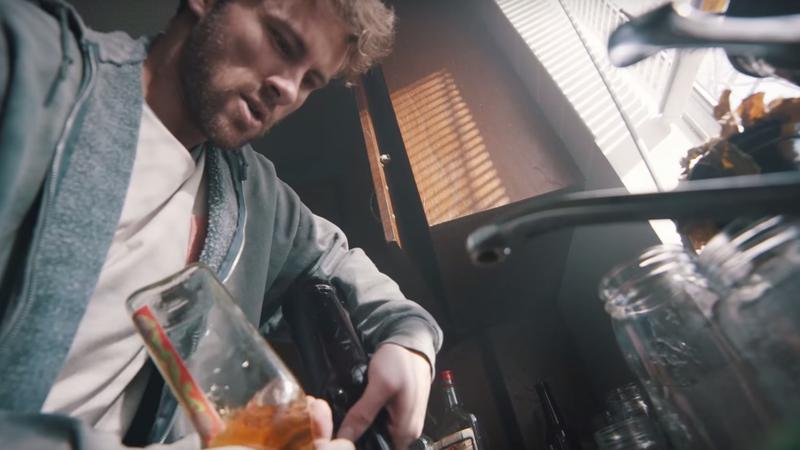“I needed to use as much as I needed to breathe.”
“You live these two lives.”
“Honestly, I was prepared to lie until I was dead.”
These are some of the experiences of addicts profiled in a newly produced series of compelling videos describing the daily challenges facing those who struggle with addictive behaviors. The videos, 12 Steps to Change, were produced in a collaboration of the Mormon Channel, LDS Family Services and the Welfare Department, all entities of The Church of Jesus Christ of Latter-day Saints.
The original video series is available on the Mormon Channel at mormonchannel.org/12steps and on addictionrecovery.lds.org, a website also sponsored by The Church of Jesus Christ of Latter-day Saints.
The behavioral underside of addictive behaviors releases a flood of physical, emotional and even spiritual reactions. The trap of addictive habits dramatically impacts the entirety of individual human relationships. And, as one recovering addict of 28 years stated, “Addiction is an equal opportunity employer — if it’s not you, it’s got someone very close to you.”
The series, launched in conjunction with National Addiction Recovery Month, in September, chronicles 12 individuals’ experiences with one of the 12 steps in the Addiction Recovery Program. They recount in raw, authentic, searching formats their personal struggles to apply the principles of the Atonement of Jesus Christ and the doctrines of the Church to changing their behaviors and rebuilding their relationships. The series features a combination of raw interviews mixed with dramatic reenactments.
“These newly created videos are very real and very powerful,” explained Peter Evans, a director in the Church’s Welfare Department. “They are connected to the 12-step curriculum and give an inspiring sense of what is possible as people change, that the Savior can bind all of our wounds when we acknowledge His love and turn to Him to help overcome. There is great victory in these stories.”
Providing help to those in need was the singular purpose of the video production, according to Todd Daley, director of the Mormon Channel and collaborator in the production with the Church’s Welfare and LDS Social Services departments.
“We realized we needed programming that provided help to people dealing with the very real problems of life,” Daley offered. “Telling these stories based on the 12 steps was a great opportunity to provide information, to raise awareness of the addiction issues and to convey hope to individuals, to families, to friends and to Church leaders. We hope that people will feel open to watching the videos and then understand, talk and act — discovering that help is available.”
| Temple Square is always beautiful in the springtime. Gardeners work to prepare the ground for General Conference. © 2012 Intellectual Reserve, Inc. All rights reserved. | 1 / 2 |
Help, under the umbrella of the Church, comes through LDS Family Services who, in 2008, issued a workbook to be used in Church-sponsored recovery groups, entitled “A Guide to Addiction Recovery and Healing,” a 12-step process tailored to the doctrine and the scriptures of The Church of Jesus Christ of Latter-day Saints and adapted with permission from the original Twelve Steps of Alcoholics Anonymous World Services.
The workbook forms the discussion basis of the self-help groups LDS Family Services operates around the world. The revised edition of the workbook, “Addiction Recovery Program: A Guide to Addiction Recovery and Healing,” is now published in 26 languages. The group meetings include participants in 22 countries and involve more than 5,000 volunteers to facilitate the discussions. Anyone can attend the group meetings.
For Lindsay, a young woman who shares her story in the newly produced videos, life had come to a complete standstill. “I hadn’t been involved in the Church for years, but a Primary song [kept] returning to my head as I worked with the group discussions. I learned that Heavenly Father really was there and that through His love I could maintain my life.”
Austin, another young man profiled in the videos admitted he thought, “An addict had no will power, that I was a one-man army.” After participating in the group meetings, Austin learned to share his own struggles and recognize that others struggled too. “It helped me to see the good in myself and in others with troubles. We worked together and we all needed God.”
The personal discussions, now coupled with the personal vignettes introduce a “greater sense of hope,” added Evans. “The videos bring addiction to life; you see the struggles people experience to get back on the road, but you observe that many do find a path back. These powerful yet edgy stories provide a tremendous resource for families and for Church leaders.”
